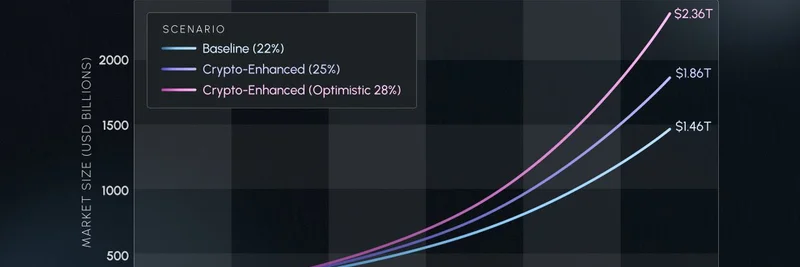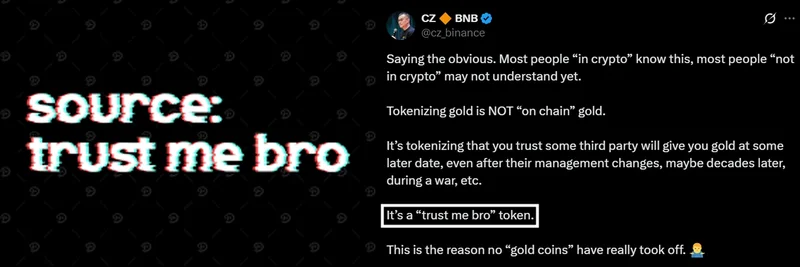Hey there, meme enthusiasts and blockchain buffs! If you're knee-deep in the world of crypto, you've probably heard the buzz around Ethereum's scaling solutions. Recently, BSCNews shared a tweet spotlighting an analysis on whether Arbitrum is the top dog in the Ethereum Layer-2 (L2) space. As someone who's been around the block—from editing at CoinDesk to now diving into meme token insights at Meme Insider—I'm here to break it down for you. We'll look at Arbitrum's tech, ecosystem, strengths, hurdles, and crucially, how it ties into the wild world of meme tokens. Let's dive in!
Understanding Arbitrum's Core Technology
First things first: what makes Arbitrum tick? At its heart, Arbitrum uses something called optimistic rollups. Think of it like this—Ethereum, the big boss blockchain (often called the Layer-1 or L1), can get congested and expensive, kind of like rush-hour traffic in a major city. Layer-2 solutions like Arbitrum build "express lanes" on top to speed things up and cut costs.
Optimistic rollups work by assuming all transactions are valid unless someone challenges them within a seven-day window. This is different from zero-knowledge (ZK) rollups, which prove everything upfront but can be more computationally intensive. Arbitrum's setup involves sequencers that bundle transactions, execute them in an environment compatible with Ethereum's Virtual Machine (EVM), and post compressed data back to the mainnet. The result? Near-instant confirmations and fees that are 10-100 times cheaper than on Ethereum itself.
A cool recent upgrade is the Bounded Liquidity Delay Protocol (BoLD), which allows anyone to validate transactions permissionlessly. It's like a tournament where validators stake bonds, and the honest ones win rewards while fraudsters lose out. Plus, features like Stylus let developers write smart contracts in languages like Rust or C++, expanding beyond just Solidity. Block times are super fast at 250 milliseconds, with even quicker options on the horizon.
For meme token creators, this means launching and trading tokens without breaking the bank on gas fees—perfect for those viral, high-volume pumps we all love (or love to hate).
The Thriving Arbitrum Ecosystem
Arbitrum isn't just tech; it's a bustling hub with over 900 decentralized apps (dApps). It's big in DeFi (decentralized finance), gaming, NFTs, and even bridging traditional finance.
In DeFi, you've got heavy hitters like GMX for perpetual trading, Camelot for DEXes with concentrated liquidity, and Pendle for yield strategies. Gaming thrives here too, with titles like Pirate Nation handling tons of transactions cheaply. And for NFTs, platforms like Magic Eden make collecting digital goodies a breeze.
But here's where it gets meme-tastic: Arbitrum hosts a slew of meme tokens. From Milady Meme Coin (LADYS) to ArbDoge (AIDOGE), these fun, community-driven assets leverage the low fees for rapid trading. As of recent data, the Arbitrum ecosystem boasts billions in TVL (Total Value Locked), with stablecoins alone hitting $4.2 billion. Institutional players like Robinhood and PayPal are jumping in, tokenizing real-world assets, which could spill over into meme culture by making on-ramps easier for new users.
Imagine deploying your next dog-themed token on Arbitrum—fast, cheap, and secure, drawing from a massive user base that's already saved over 4 million ETH in gas fees.
Advantages That Set Arbitrum Apart
Why pick Arbitrum over the competition? For starters, its first-mover advantage has locked in a 35.3% market share among L2s. It's fully EVM-compatible, so devs can port their Ethereum projects without a hitch. Performance is top-notch: sub-second block times, dirt-cheap fees, and advanced security via fraud proofs.
Unique perks include Timeboost for MEV (Miner Extractable Value) protection, which has already generated revenue, and Fhenix for privacy-focused computations using homomorphic encryption. For meme tokens, this translates to safer, faster launches and trades, reducing the risks of front-running that plague higher-fee chains.
Arbitrum has processed over 2 billion transactions and secures $17.8 billion in TVL, proving it's not just hype—it's handling real volume that could supercharge meme token virality.
Challenges on the Horizon
No project's perfect, right? Arbitrum's sequencer is somewhat centralized, run by Offchain Labs, which could be a single point of failure or censorship risk. The seven-day challenge window means withdrawals aren't instant, unlike some ZK competitors.
Then there's the rivalry: Polygon zkEVM and StarkNet offer faster finality with ZK tech, while OP Stack chains like Base are fragmenting the market. Ethereum's own upgrades, like proto-danksharding, might make L1 cheaper, potentially eating into L2 demand.
For meme tokens, this competition means creators have options, but Arbitrum's established ecosystem gives it an edge—unless a shinier, faster L2 steals the spotlight.
How Does Arbitrum Stack Up Against Other L2s?
Compared to ZK rollups like those on Polygon or StarkNet, Arbitrum's optimistic approach trades instant finality for lower computational costs and easier implementation. It's great for apps needing quick, cheap txns, like meme trading bots or NFT mints, but less ideal for scenarios requiring super-fast cross-chain moves.
In the broader L2 landscape, Arbitrum leads in adoption, but the field's crowded. Meme tokens thrive on hype and liquidity, so Arbitrum's mature DeFi integrations (think easy swaps and lending) make it a prime spot for moonshots.
Wrapping It Up: Arbitrum's Role in the Meme Token Future
So, is Arbitrum the best ETH L2? Based on the analysis, it's certainly a frontrunner, with robust tech, a vibrant ecosystem, and proven savings for users. For us at Meme Insider, what excites us most is how it empowers meme token innovation—low barriers mean more creativity, more communities, and potentially more epic pumps.
If you're building or trading memes, keep an eye on Arbitrum. Check out the full analysis on BSC News for even deeper dives. What's your take? Drop your thoughts in the comments, and stay tuned for more insights on meme-insider.com! 🚀



